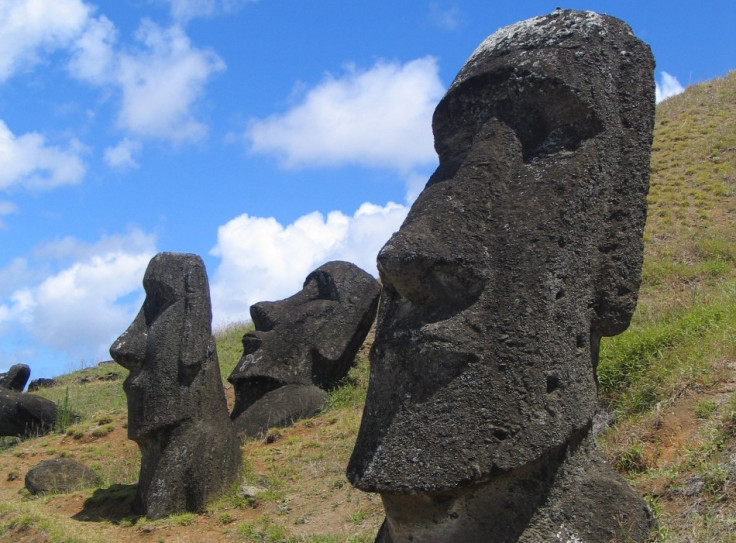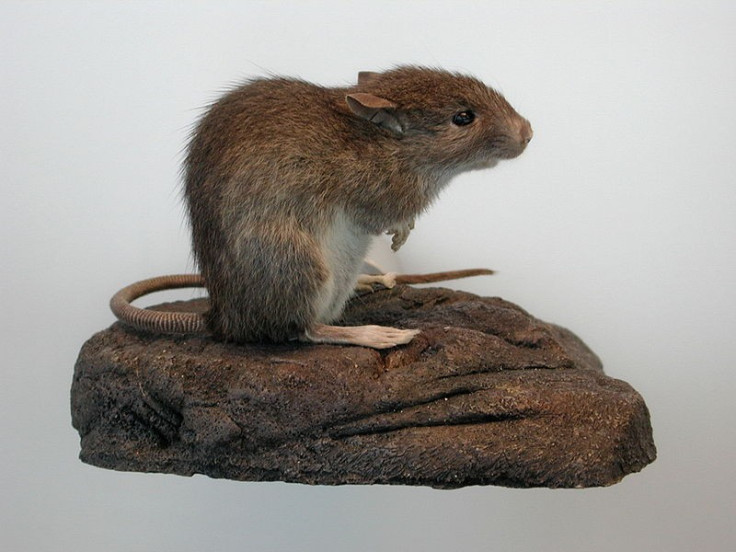Early Inhabitants of Easter Island Survived on Rats

The early inhabitants of Easter Island responsible for the monolithic stone Moai statutes survived on rats, scientists have found.
Analysis of 41 skeletal remains found on the island has shown that for the first few hundred years, Polynesian rats were the main source of protein for settlers.
Researchers from the University of Idaho were also able to date 26 of the teeth remains with radiocarbon, allowing them to see how diet on the island changed over time.
"To better understand prehistoric Rapa Nui diet we examined stable carbon and nitrogen isotope compositions of human teeth, along with archaeological faunal material thought to comprise the Rapa Nui food web," they wrote.
"Our results indicate that, contrary to previous zooarchaeological studies, diet was predominantly terrestrial throughout the entire sequence of occupation, with reliance on rats, chickens and C3 plants.
"While a few individuals may have had access to higher trophic level marine resources, this is evident only later in time (generally post-AD 1600)."
C3 plants include yams, sweet potatoes and bananas.
Easter Island is one of the most isolated inhabited landmasses on Earth. The researchers believe the rats came to the island on board a vessel with humans and multiplied rapidly after arriving. They may have even been brought intentionally to provide food to the first settlers - Polynesian rats are smaller and reportedly tastier than their European relatives.

The scientists were surprised at the lack of fish in the inhabitants' diet. "Traditionally, from Polynesian cultures you have a heavy predominance of using marine products, especially in the early phase of colonisation," Amy Commendador, from Idaho State University, told LiveScience.
"Because of their geographic location and climate conditions, there just weren't as many marine products for them to get."
At the north of the island, there are steep cliffs difficult to fish from, while the southerly latitude also affects fishing.
John Dudgeon, study co-author, added: "It was probably easier to go get a rat than it was to go get a fish."
The researchers also drew a link between the early settlers' diet and the Moai statues, which face inland rather than out to sea. They said that while not having a direct relationship, it is interesting that the islanders appear to have turned their backs on the sea for food.
Dudgeon said the statues facing inland may have been the settlers saying "we're turning inwards and not turning outward."
© Copyright IBTimes 2025. All rights reserved.




















